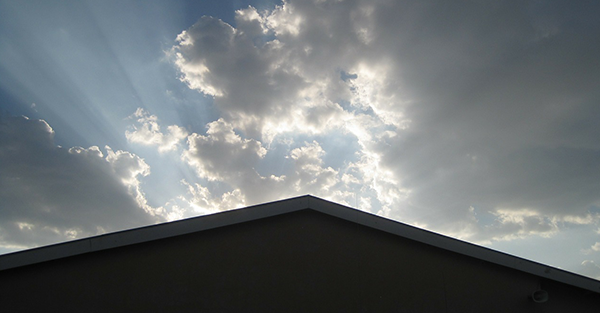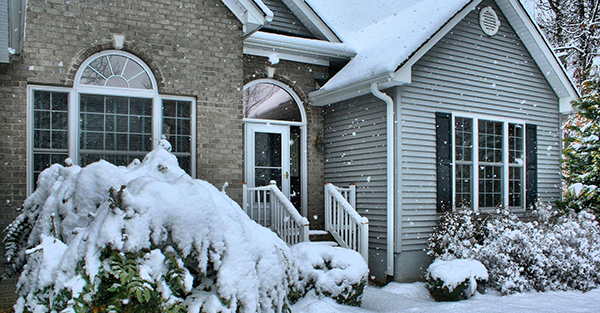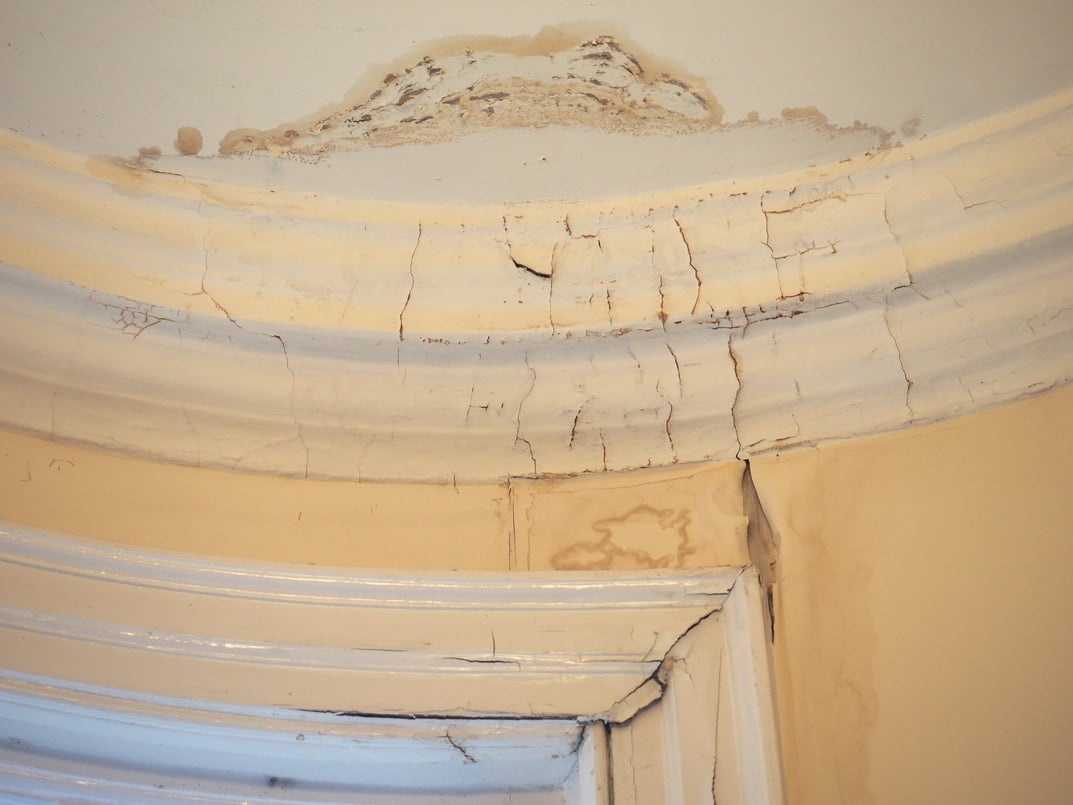
Solar fans work to reduce humidity and lower temperatures inside your home during the summer and help prevent ice dams and other moisture-related problems in the winter. Increase your home’s energy efficiency, save money, and create a more comfortable indoor environment for you and your family by installing a solar-powered fan this season.
What are solar fans?
Solar fans are highly efficient attic ventilation systems. Like their name suggests, these fans are powered by the sun and don't require electricity, so they are FREE to operate! The fan is installed on the top of the home; it protrudes from the roof and connects to the attic. The primary purpose of installing a solar fan is to decrease a home’s temperature and reduce humidity.
How do they work?
Solar fans expel the heat from inside the attic to the outdoors. By removing heat and moisture from the attic, the temperature and humidity inside the attic, as well as inside the living space of the home, will decrease. Solar ventilation systems are estimated to lower attic temperatures by as much as 50 degrees Fahrenheit! By lowering the indoor temperature in the summer, your air conditioner won't have to work as hard to keep your home cool. This could save you money – up to 30% on cooling expenses – and extend the life of your A/C.
These fans aren’t only useful for lowering temperatures in the summer; they can be very helpful during the cold winter months as well. As we have mentioned in other blog posts, moisture is one of the biggest roof damage culprits. Moisture can cause all kinds of serious (and expensive) problems for not only your roof, but your entire home. Issues that may arise due to excess moisture include ice dam buildup, leaks, condensation, rotting, mold, mildew, and damaged insulation.
In the winter, a solar ventilation system helps remove heat from the attic to equalize the temperature inside with the temperature outside, which reduces the risk of moisture and keeps your attic cool and dry!
Yellowblue Solar Fans
Yellowblue solar fans are equipped with a special feature: Maximum Power Point Technology. This allows them to “maintain the highest possible air flow under all solar conditions by utilizing all the power available from the solar panel to set the highest fan speed.”
- GableFans: These fans are installed in the attic on top of an existing gable vent or other roof penetration. A solar panel is also installed on the roof, which is what provides power to operate the fan. There are three different watt panels to choose from: 20, 30, and 40. The wattage you choose will depend on the size of your home or space that needs to be cooled.
- Tilt Panel SolarFan: This system can be tilted so the sun hits it directly, allowing for maximum efficiency. 20 or 30-watt systems are available for installation.
Designed by the Experts
Yellowblue’s SolarFans are built to last, designed by engineers with years of aerodynamic engineering experience. They are made entirely without plastic and are fireproof and rust- and weather- resistant due to their aircraft-grade spun aluminum composition. The solar fan's design is based on that of jet aircraft engine intake and exhaust systems, with curved components that minimize noise and maximize airflow.
A yellowblue fan is designed to adjust its speed automatically, based on the amount of sunlight it receives. It requires no maintenance and has a life expectancy of 25 years. The fan housing and flashing are made from the same type of aluminum as the rest of the fan; the strong, sturdy metal offers quality protection for the fan and your home.
Federal Tax Credit
Our solar fans qualify for a 30% federal tax credit on the purchase price and installation. Learn more about the Solar Energy Systems Tax Credit HERE.
Interested in installing a solar fan in Ankeny?
If you are interested in installing a yellowblue solar fan or need to update or replace your roof, contact Hedrick Construction. We are located in Huxley and proudly serve Ankeny, Ames, and Story County.
If you are unsure whether you need to replace your roof, we have a free guide to help you out! Download it for free today by clicking the button below.








Comments